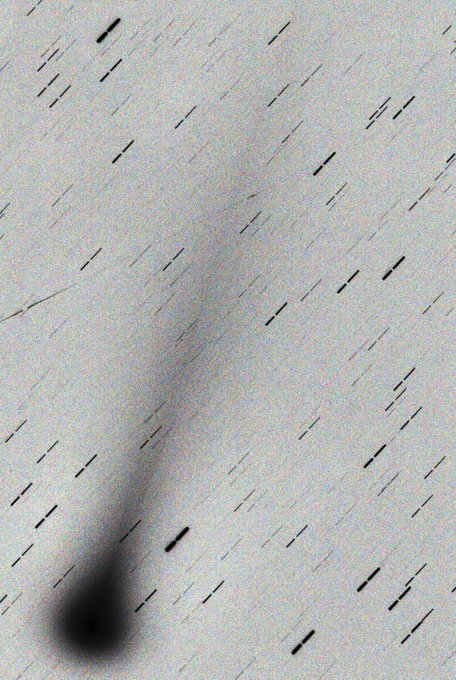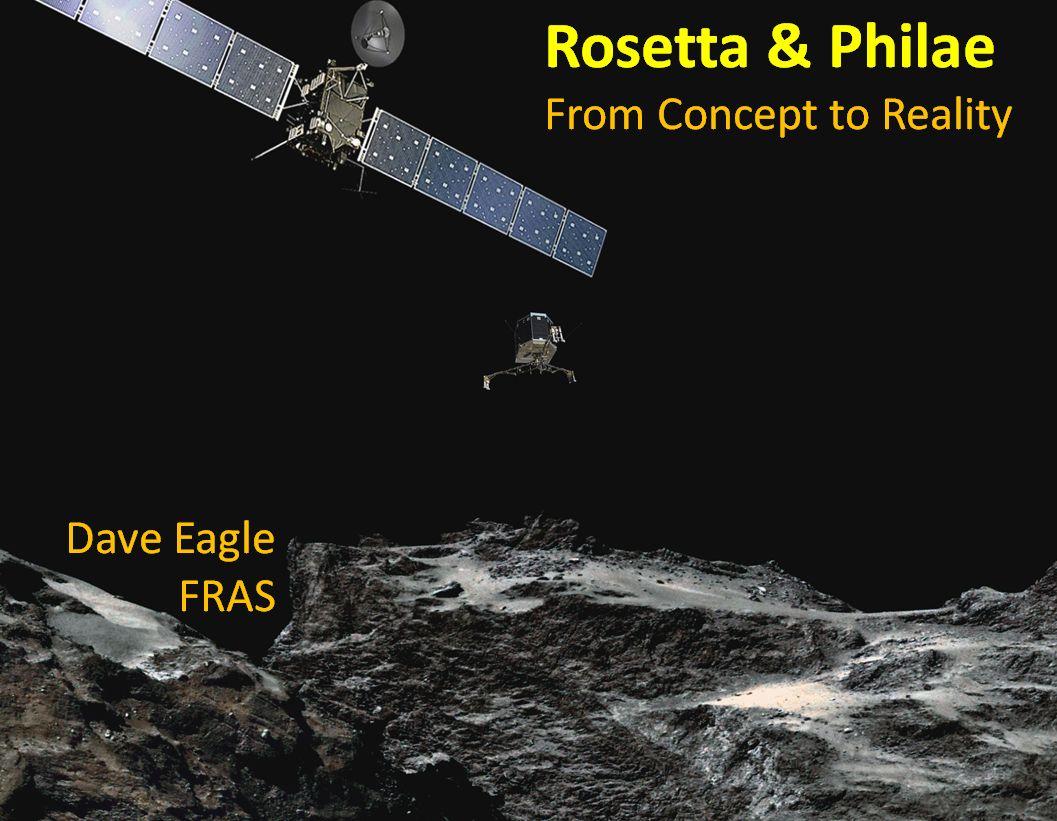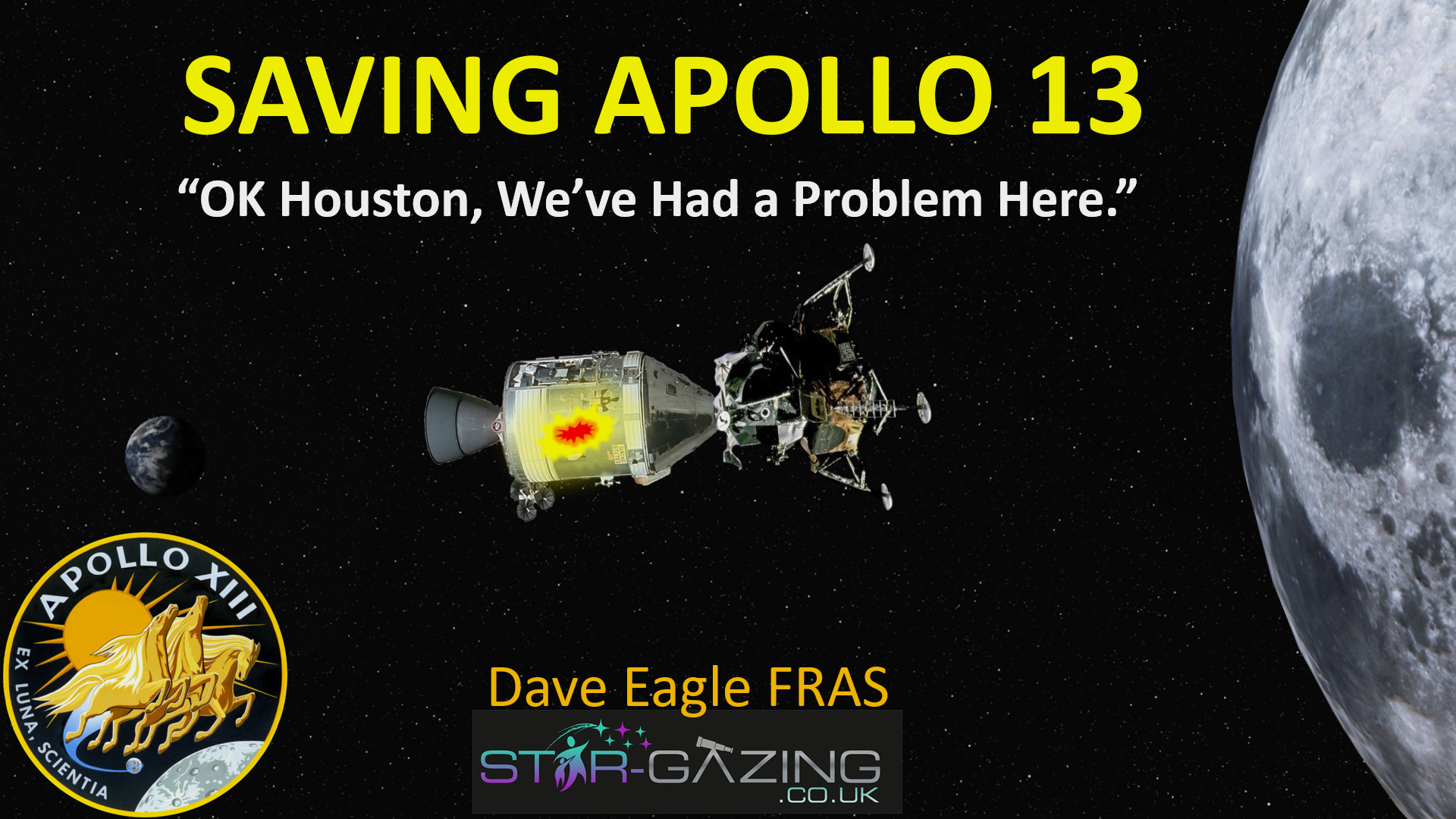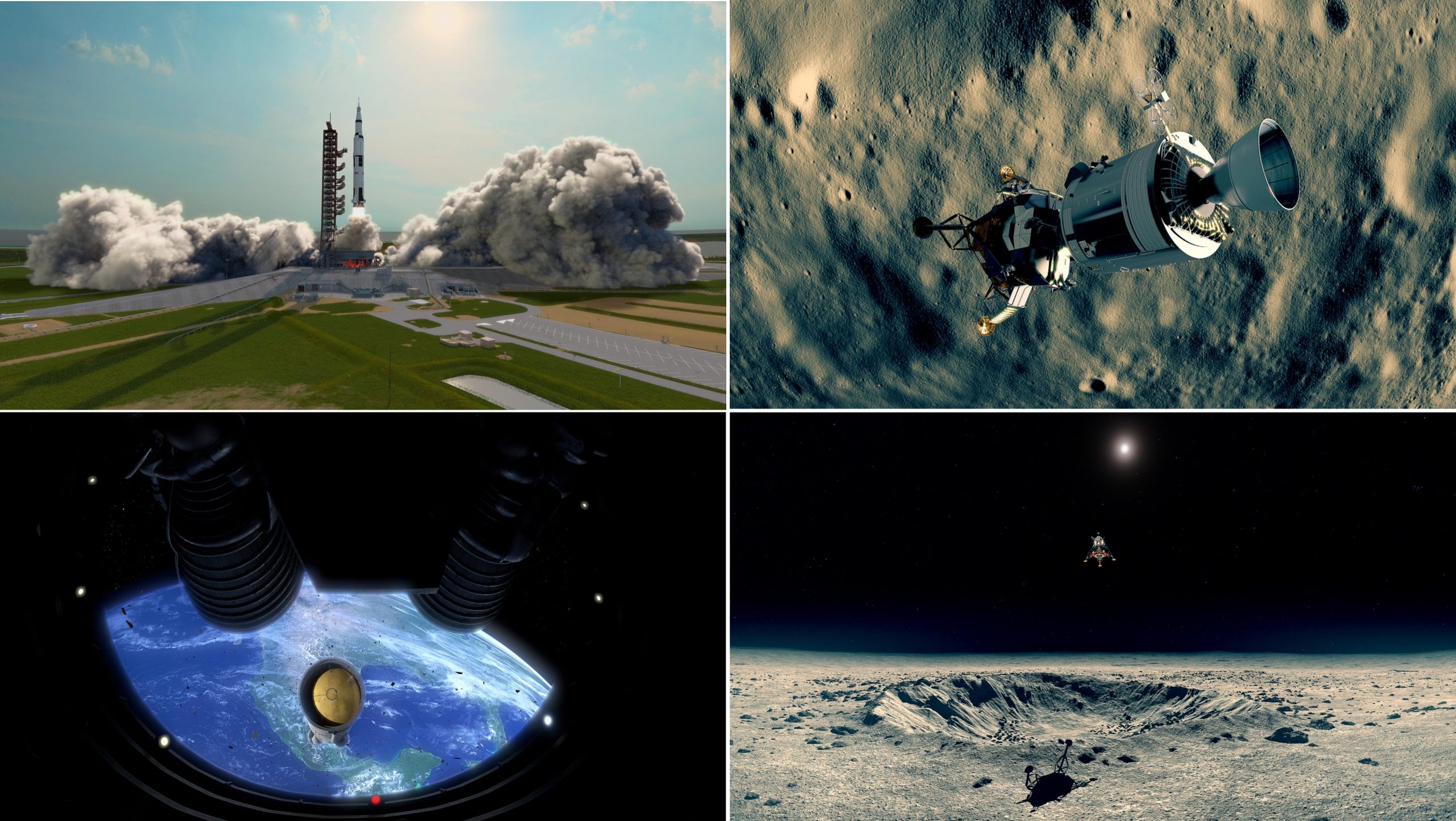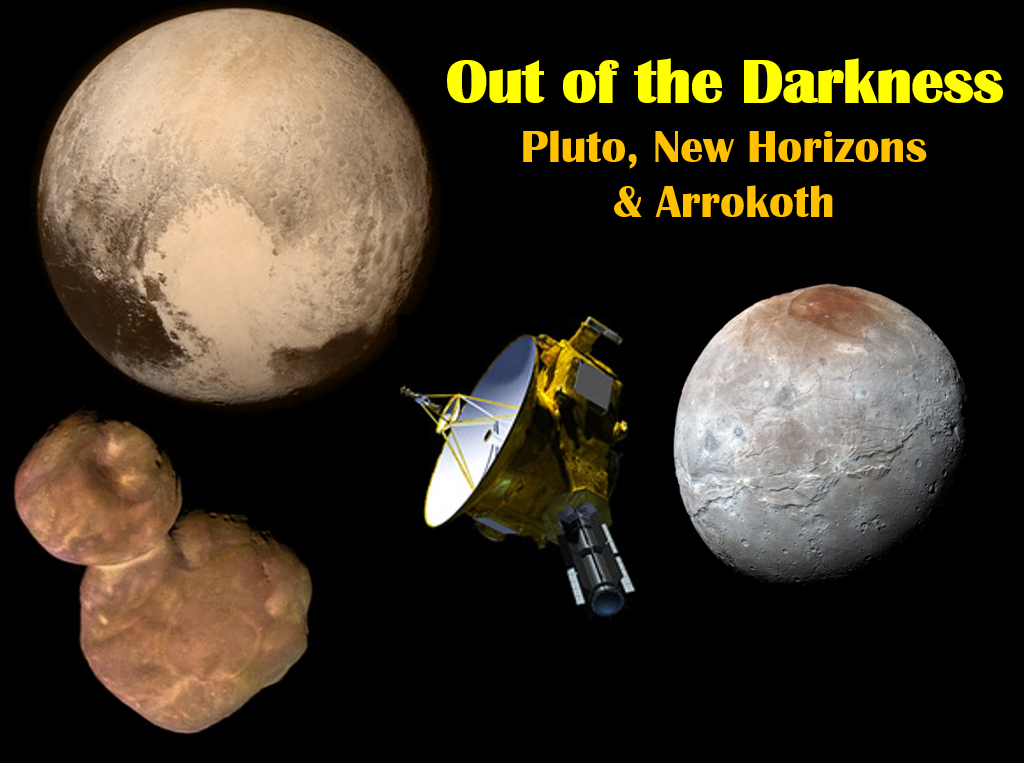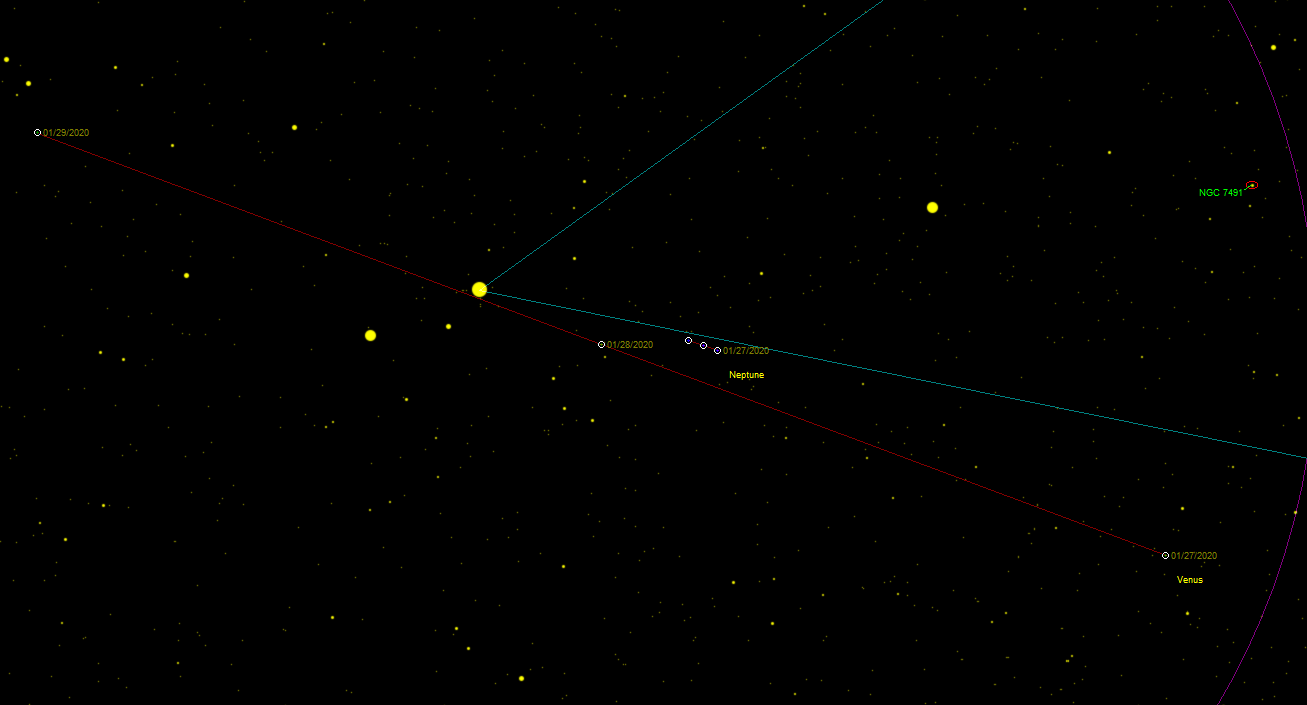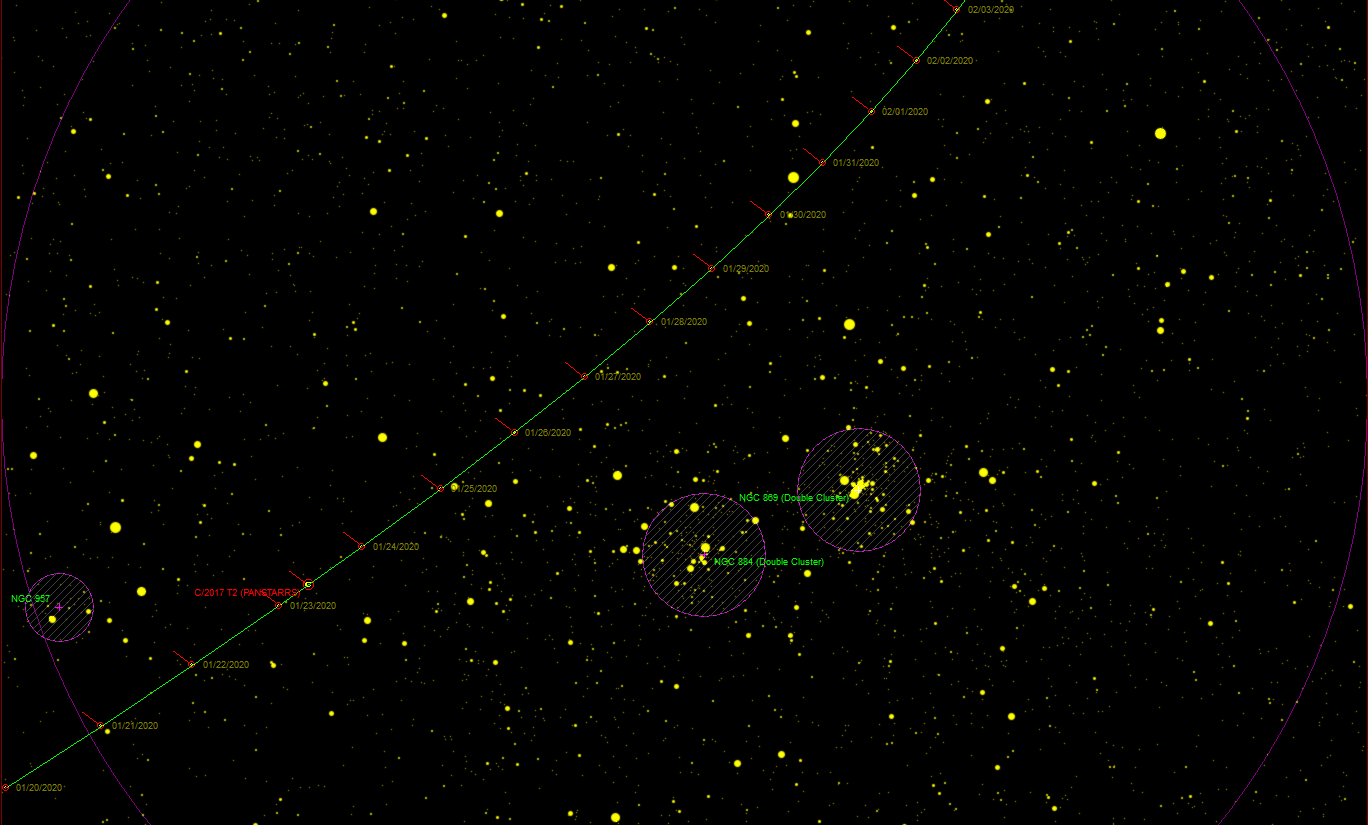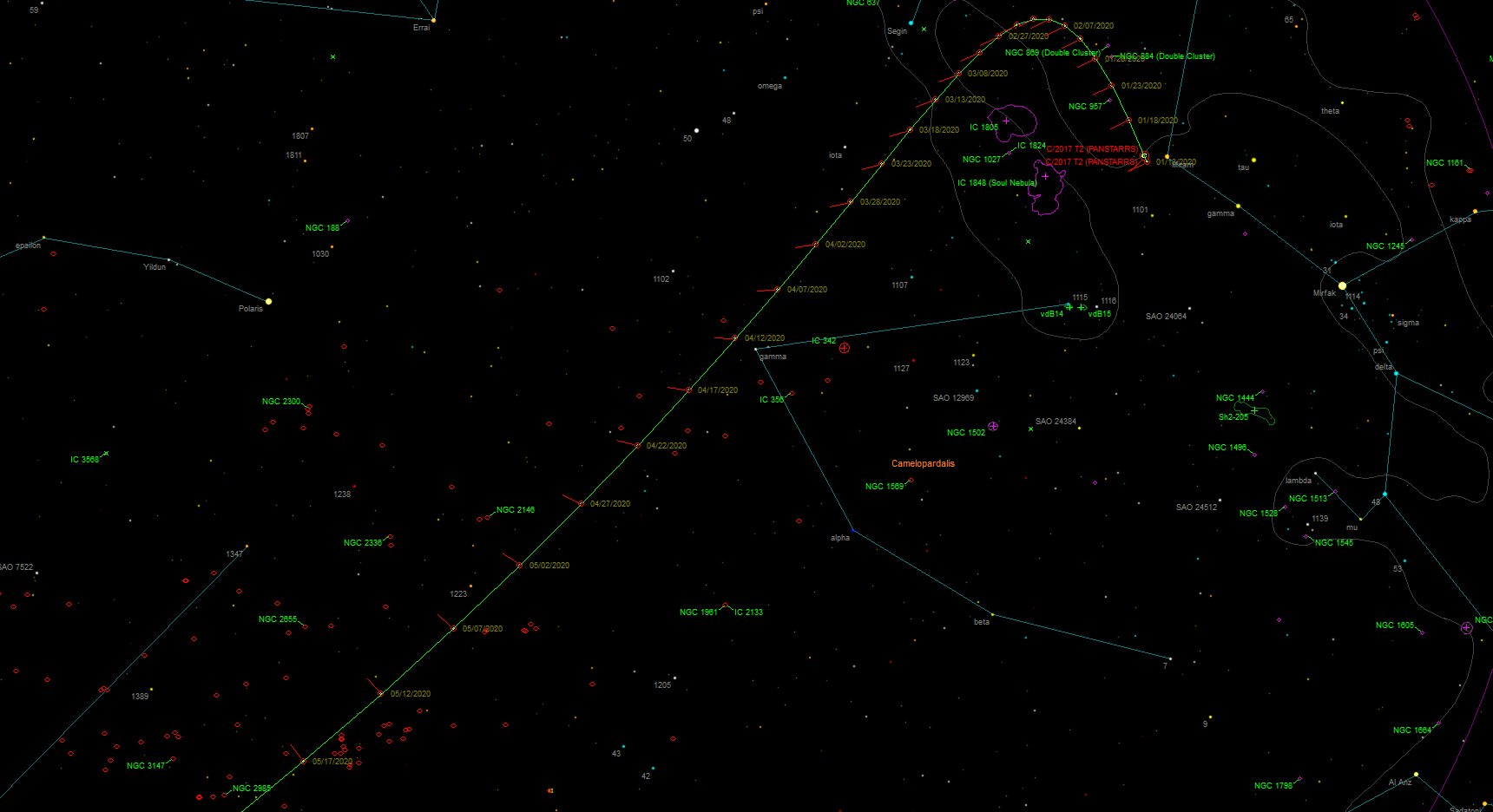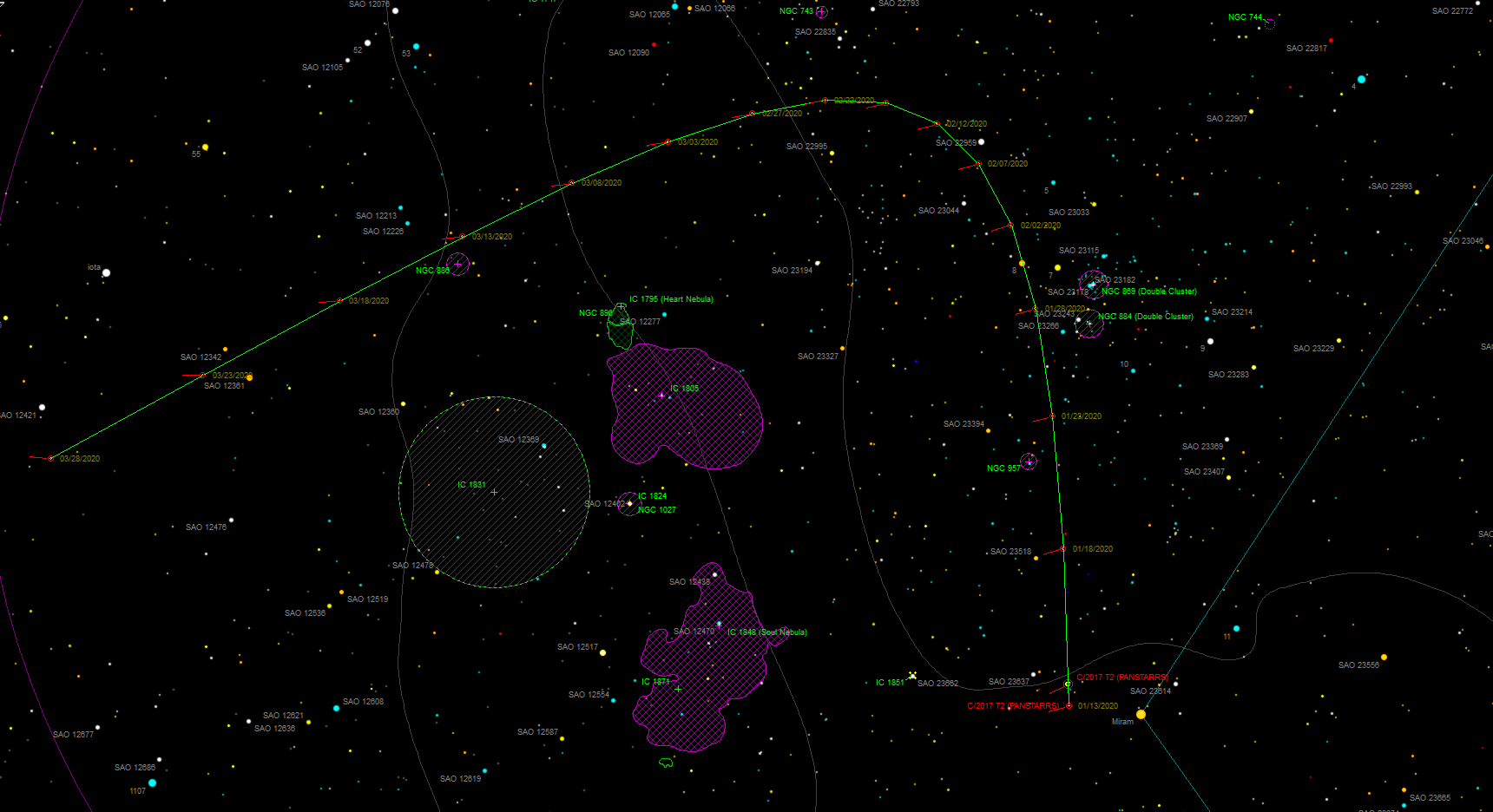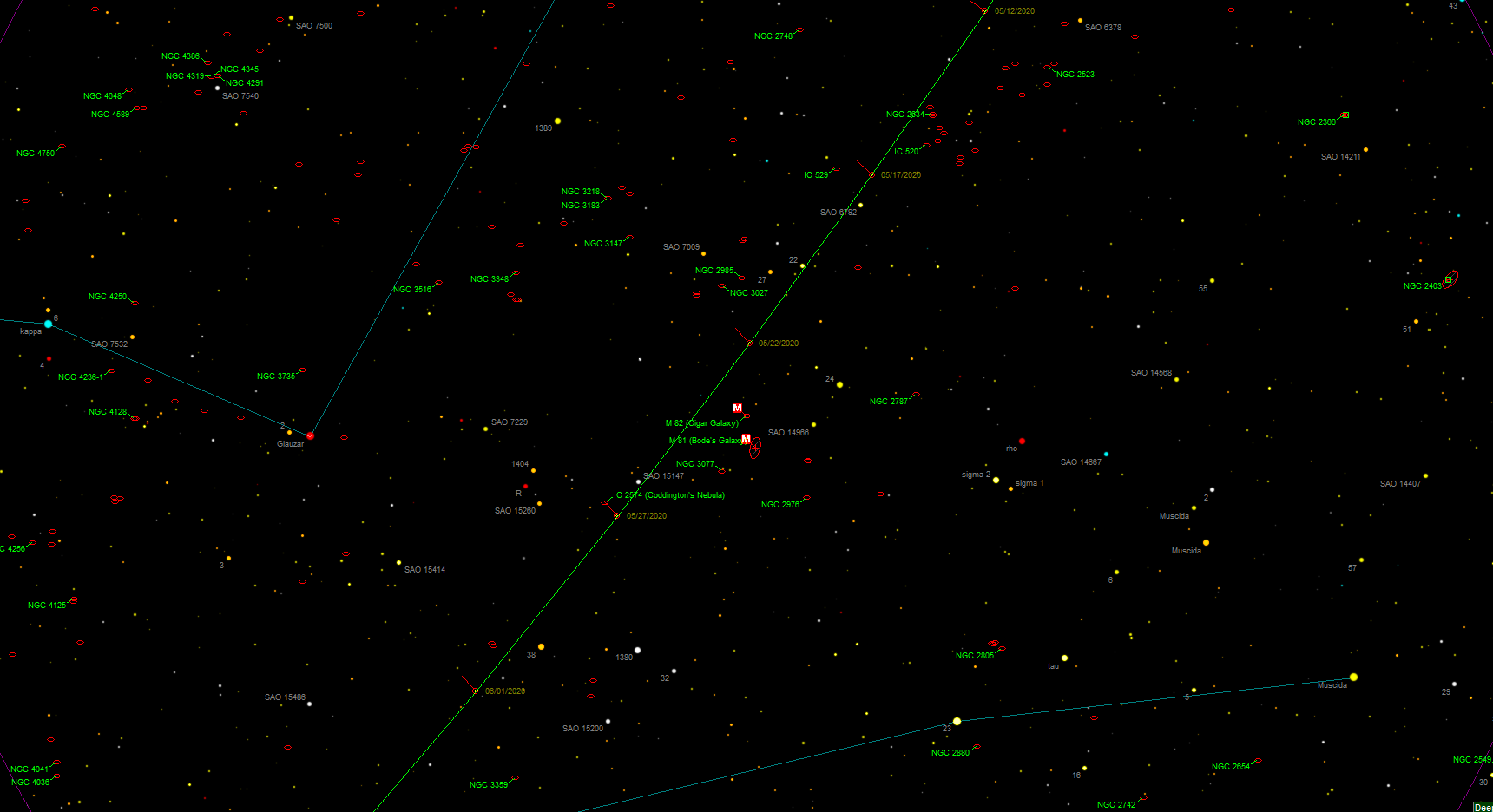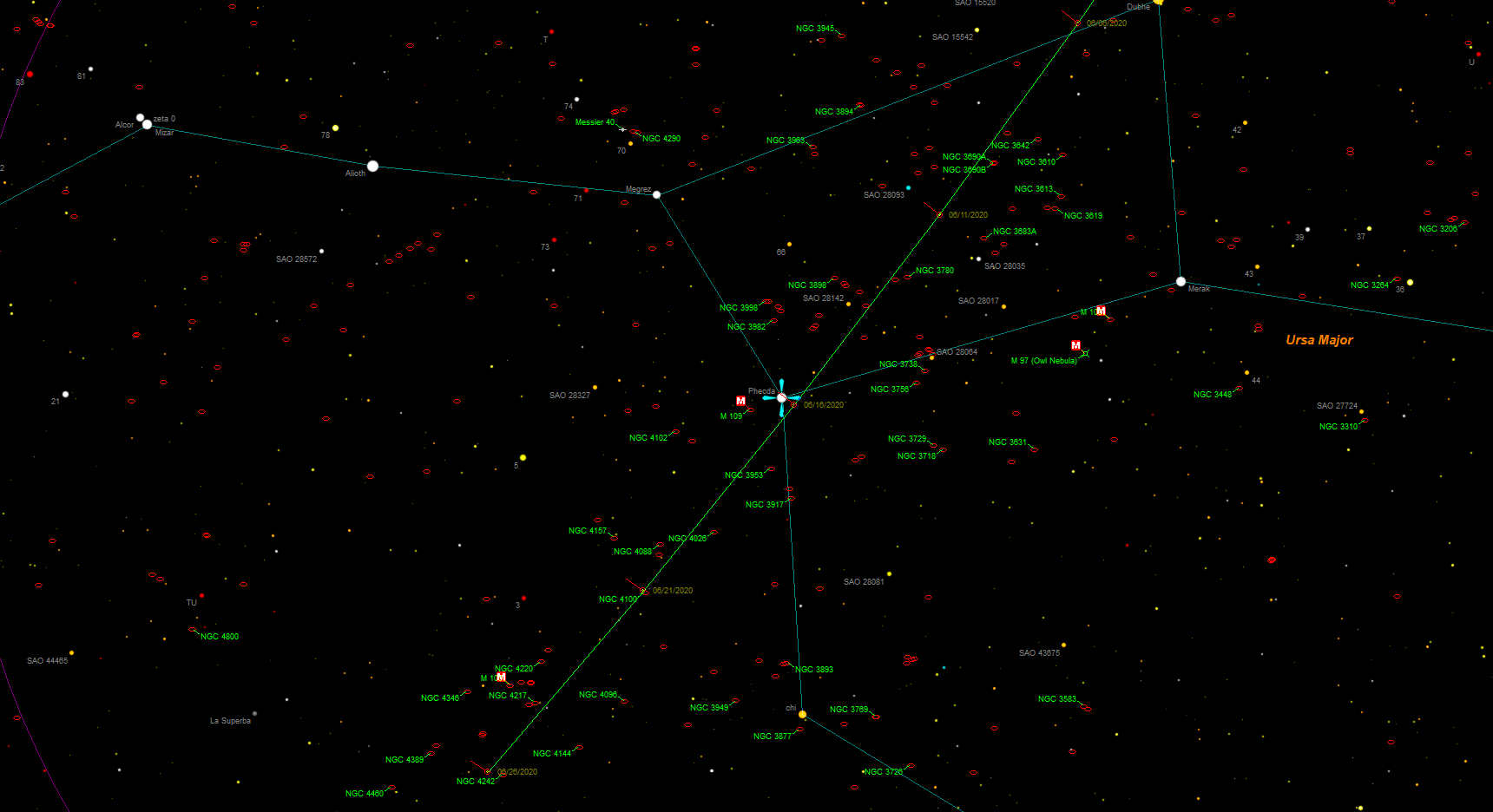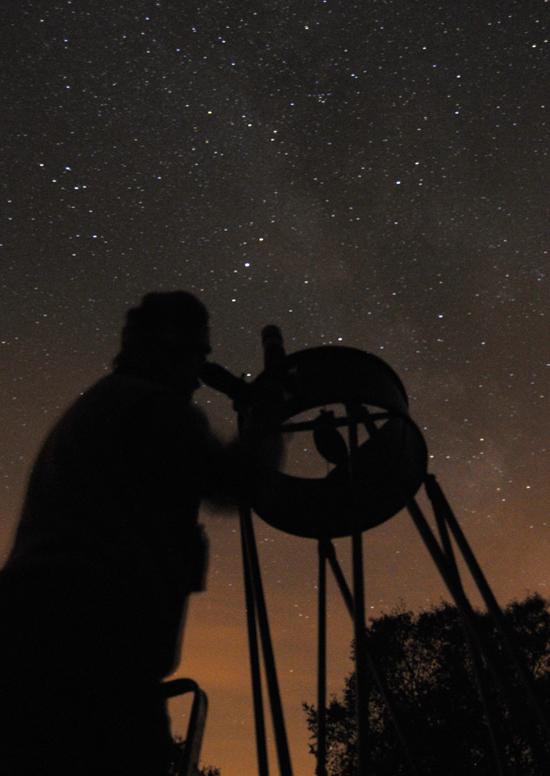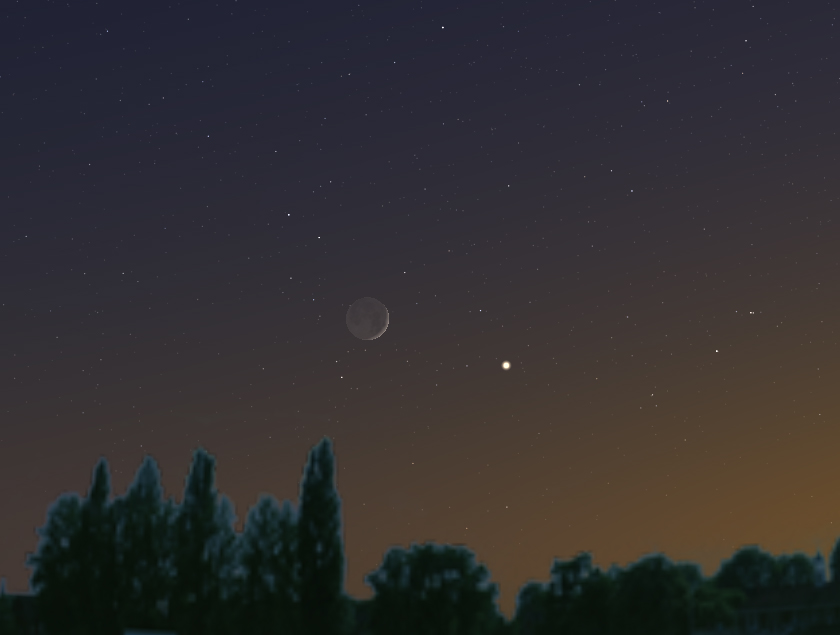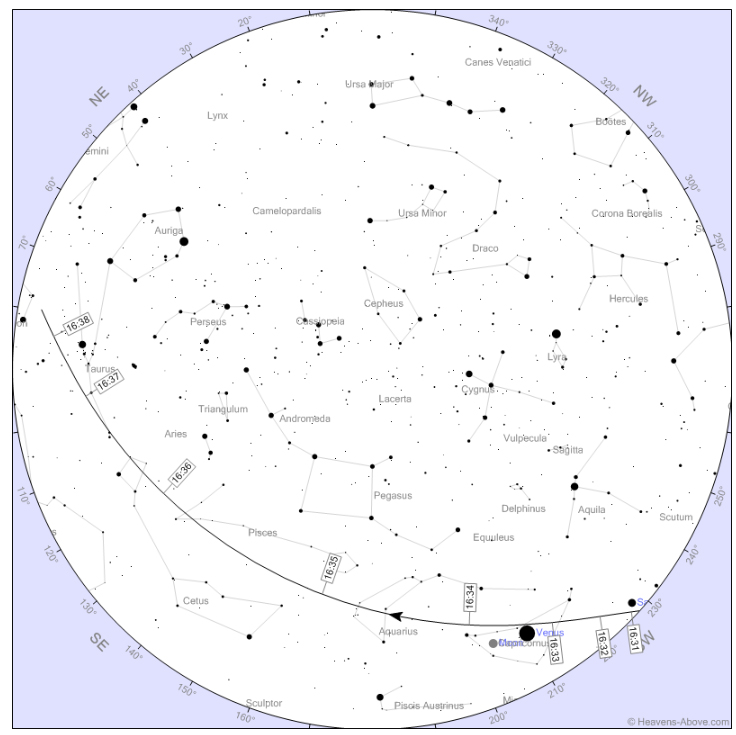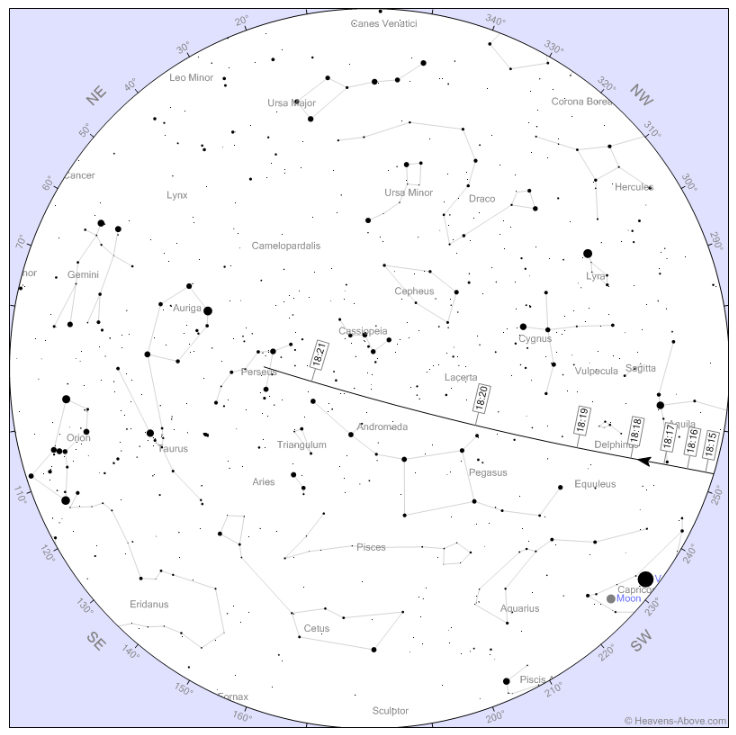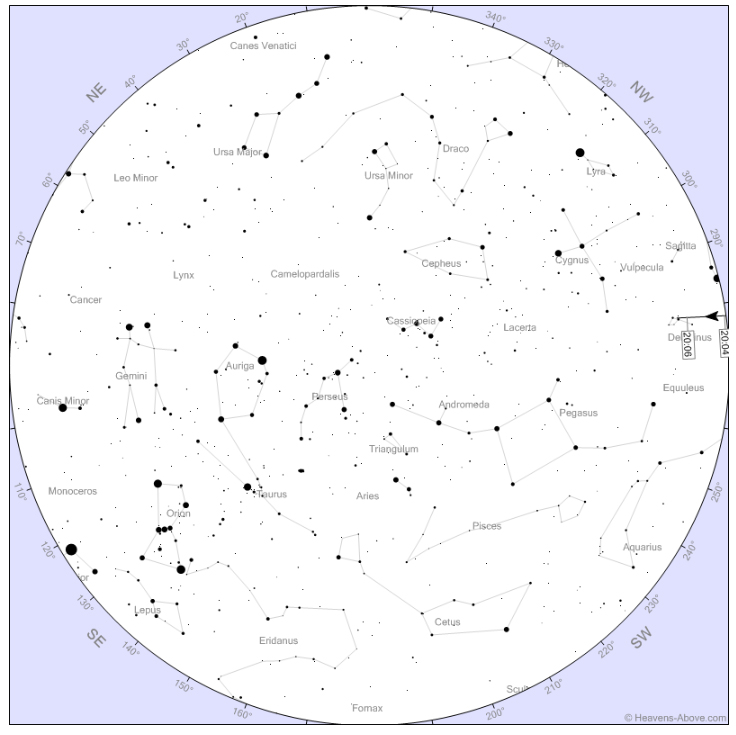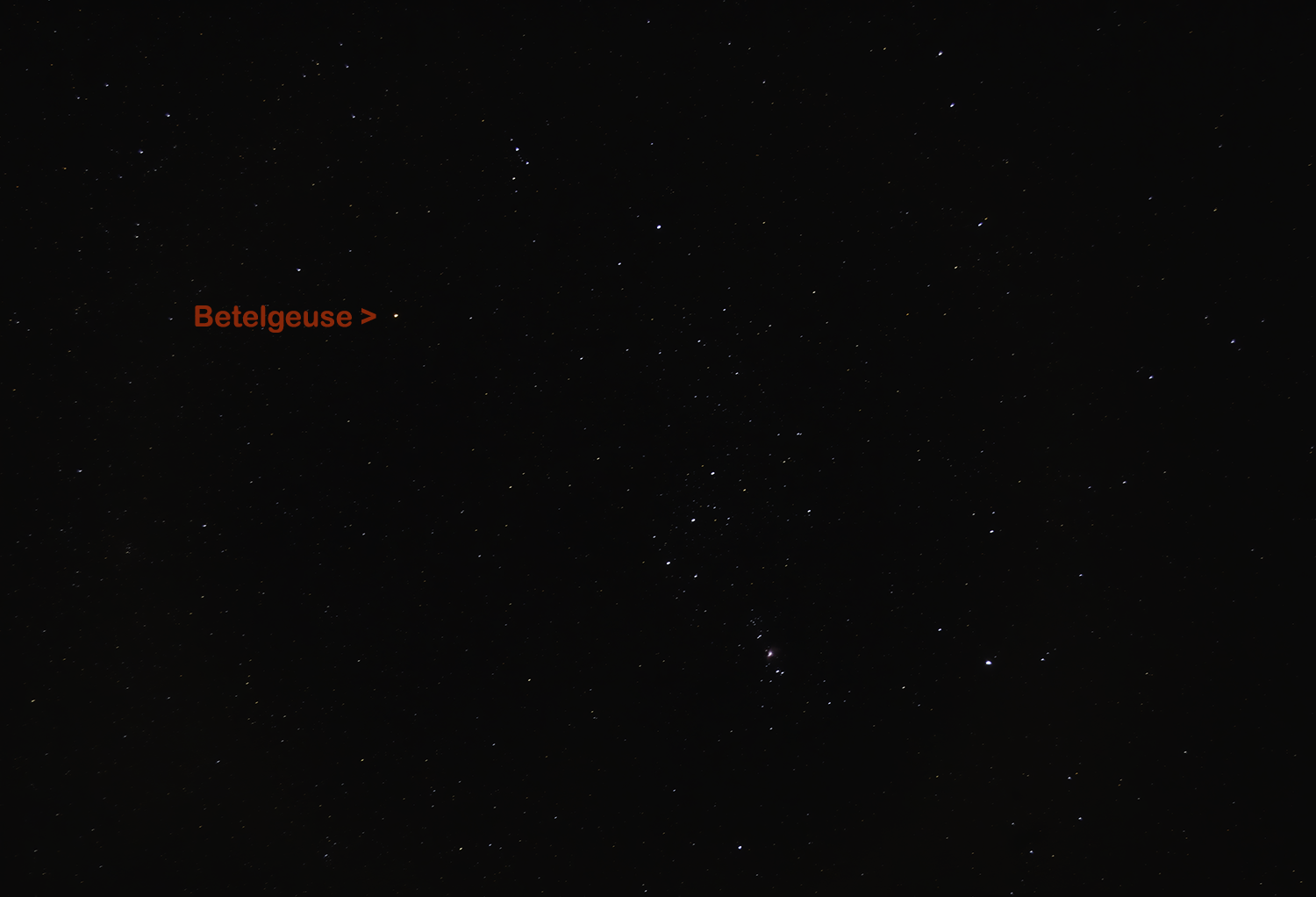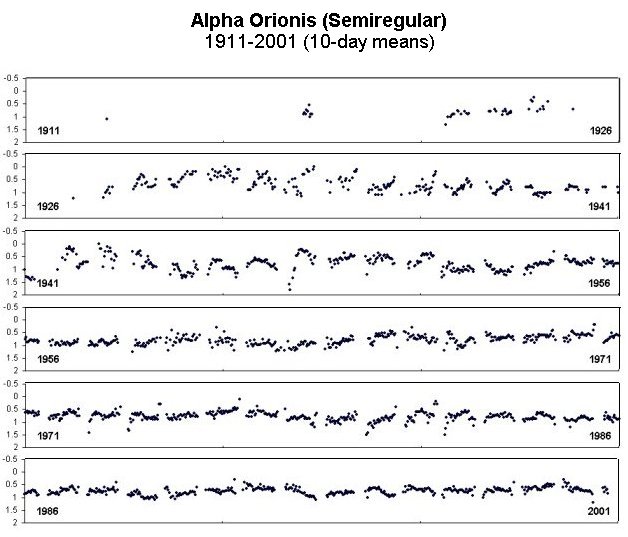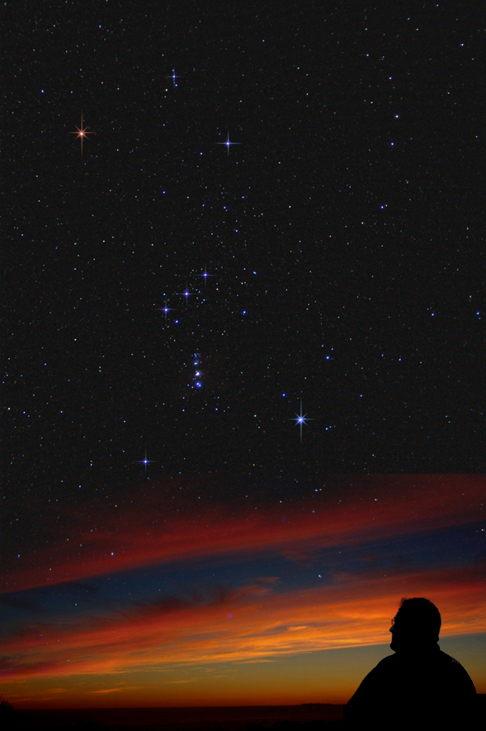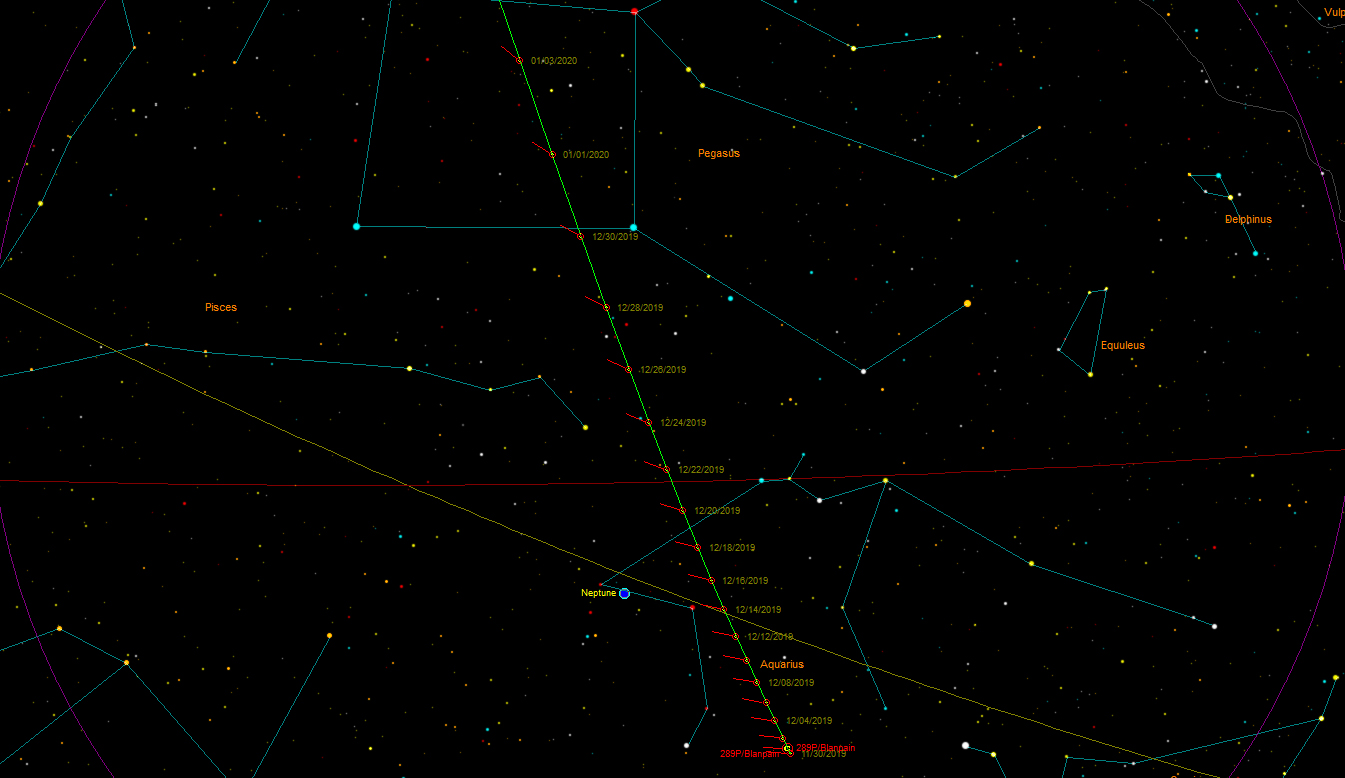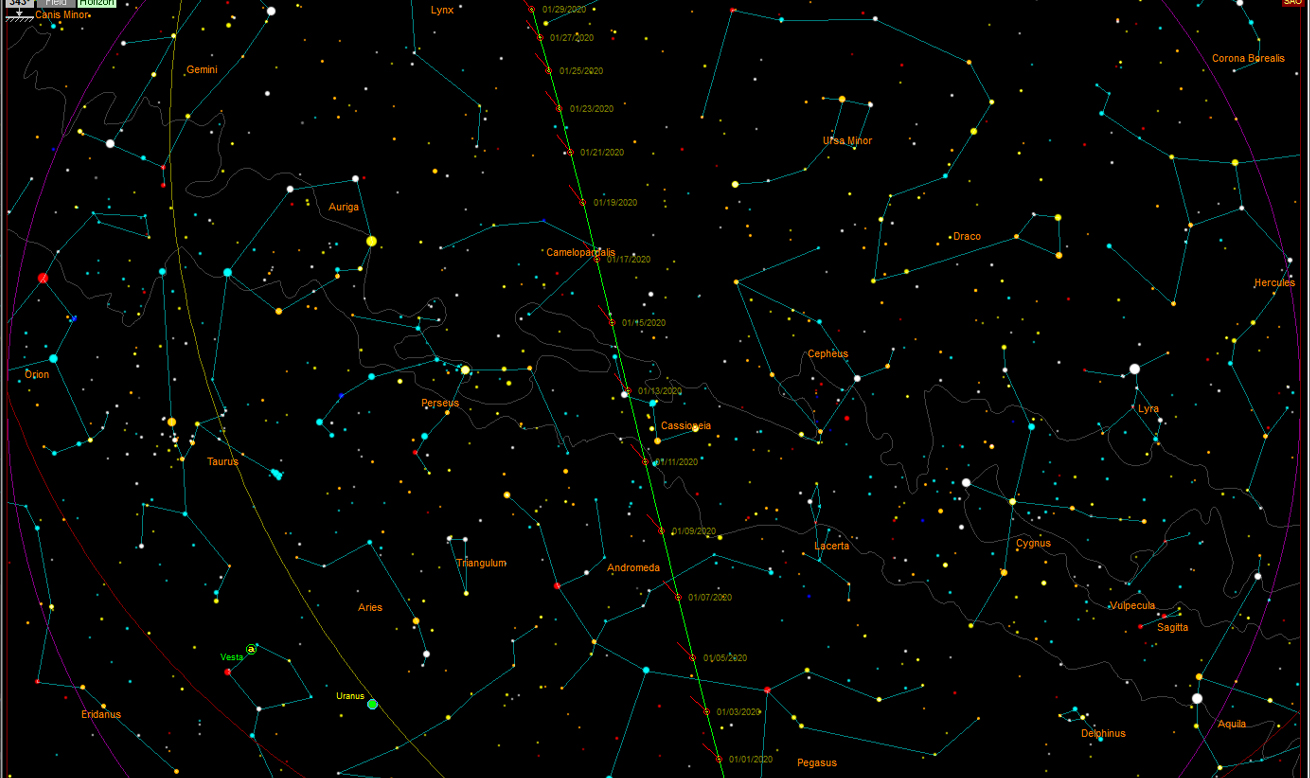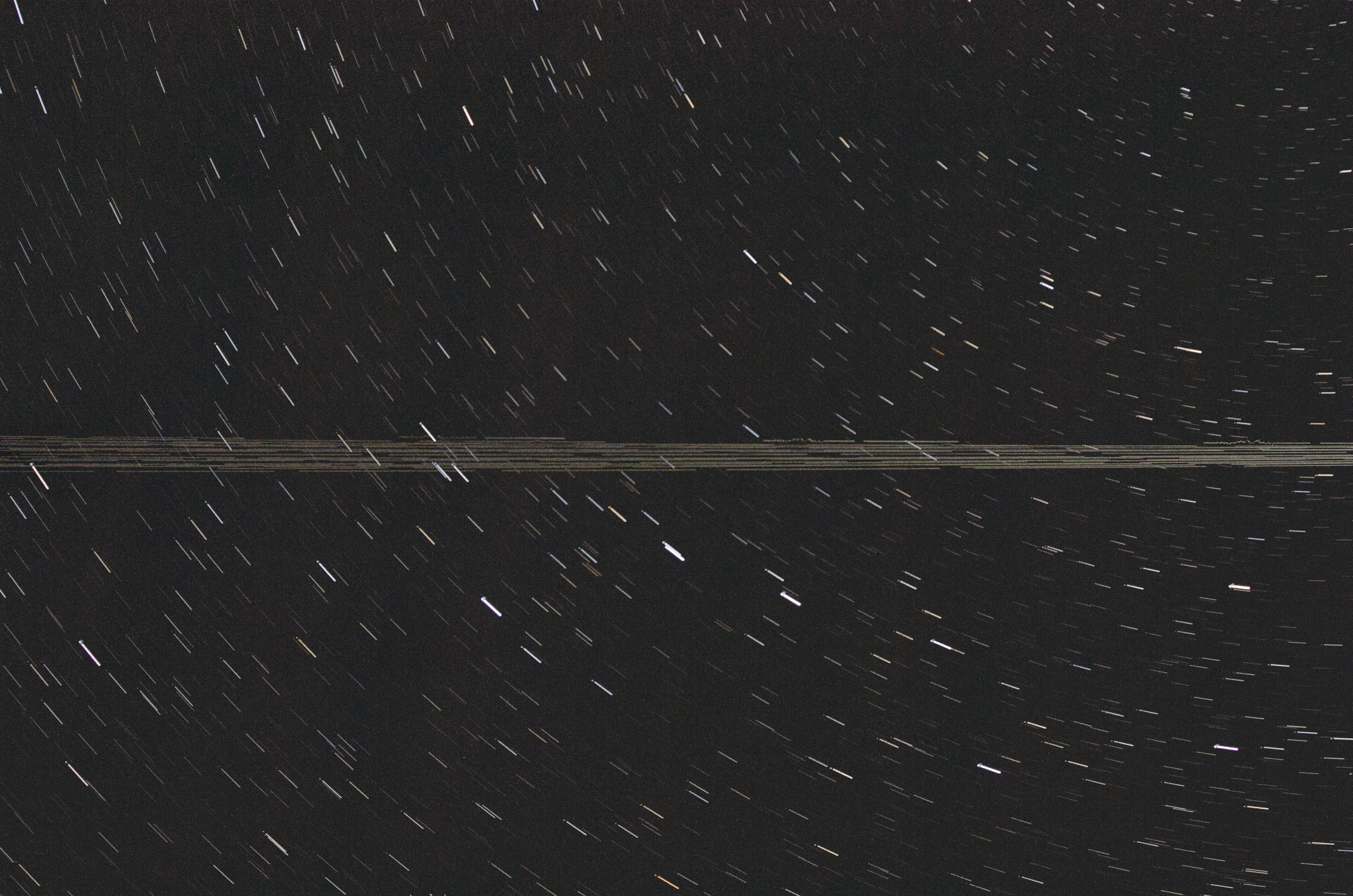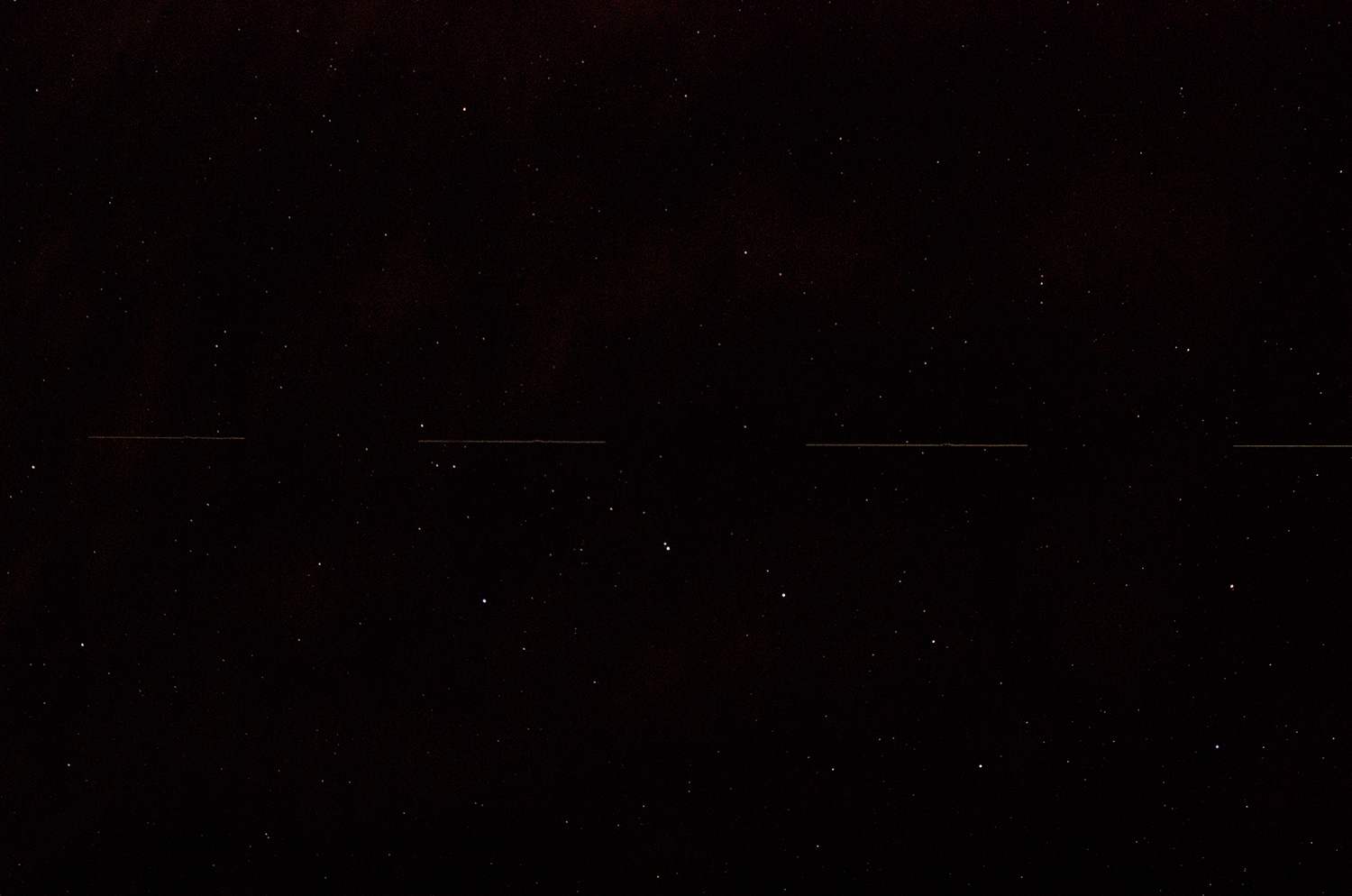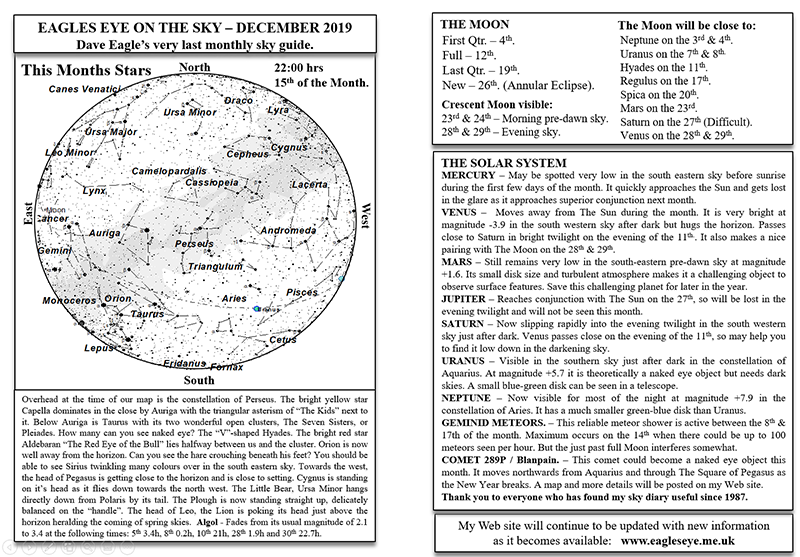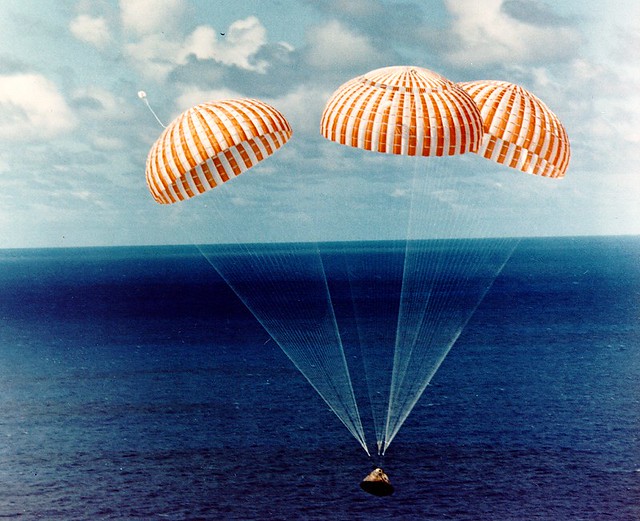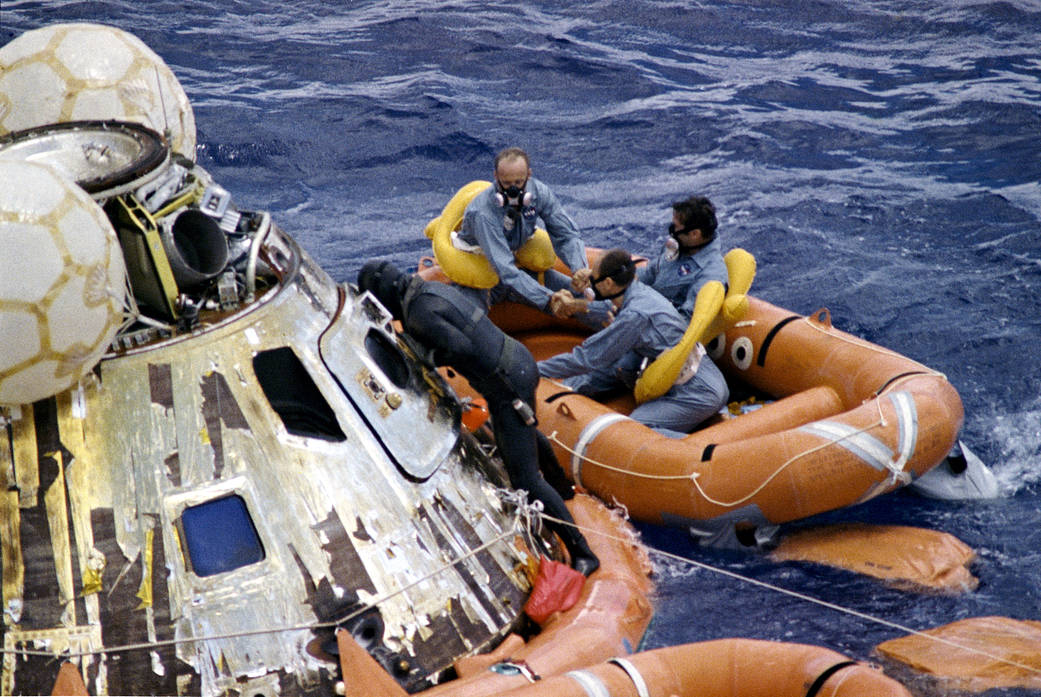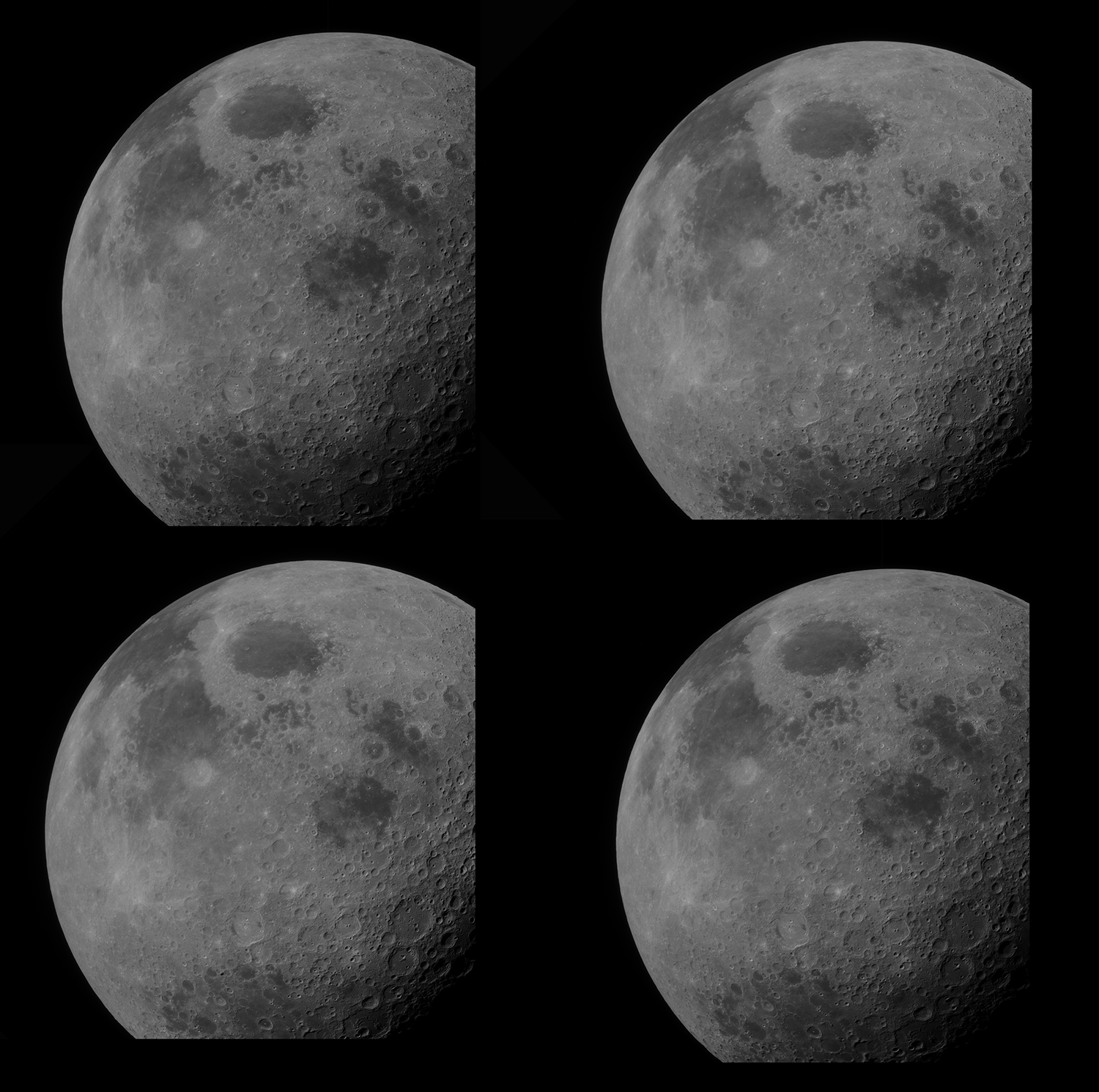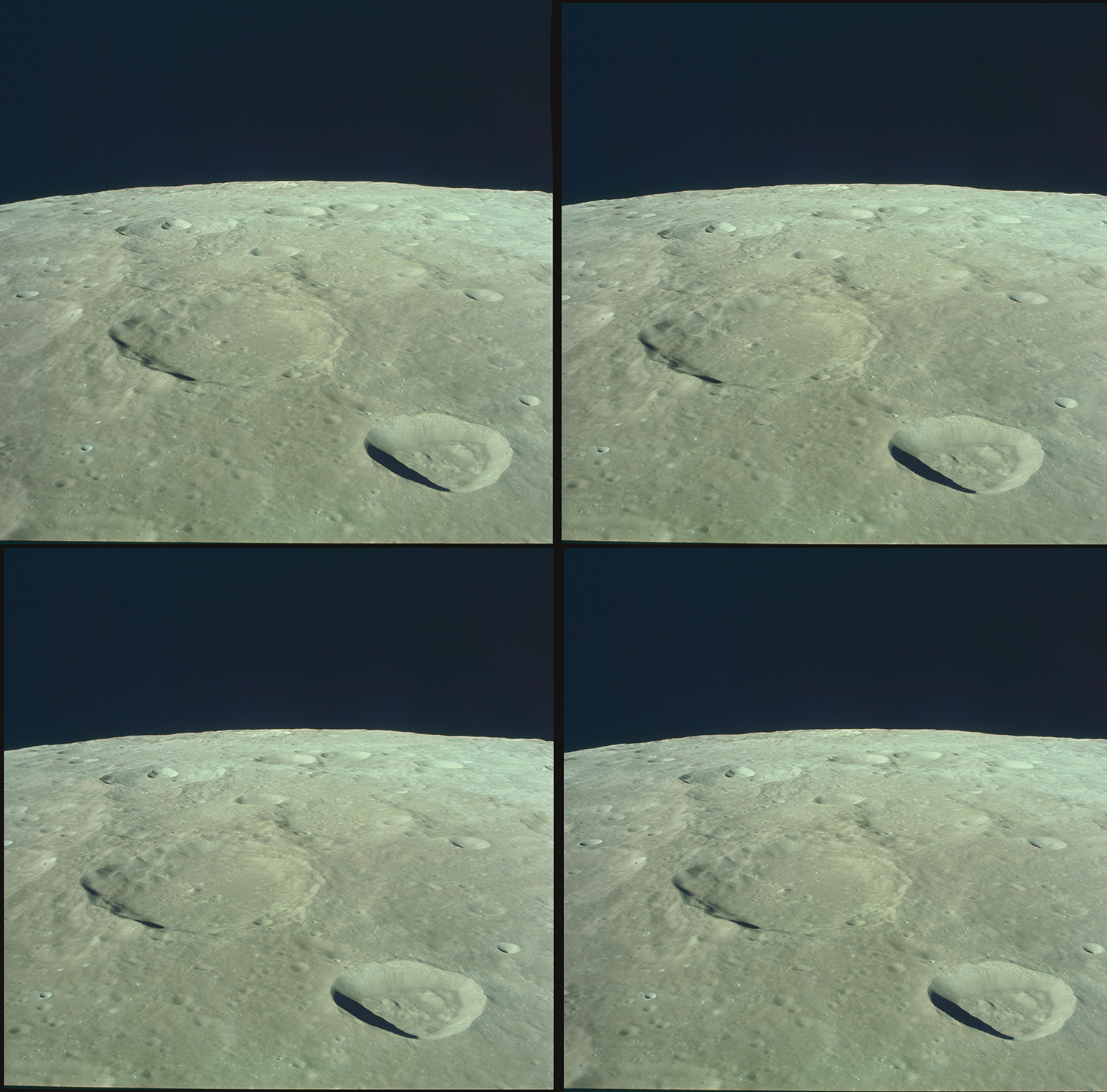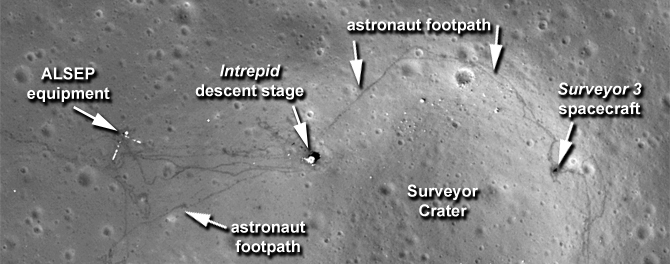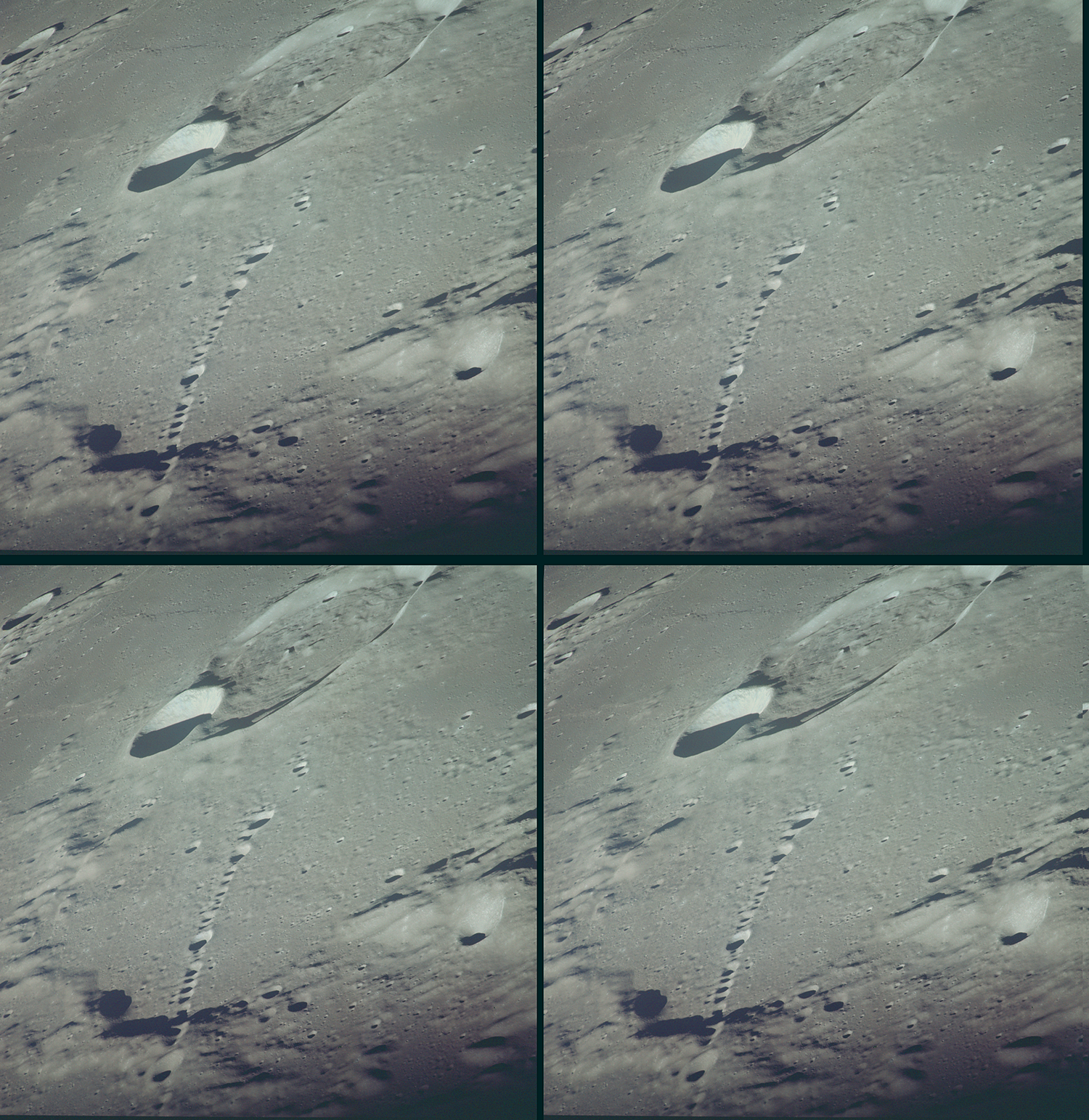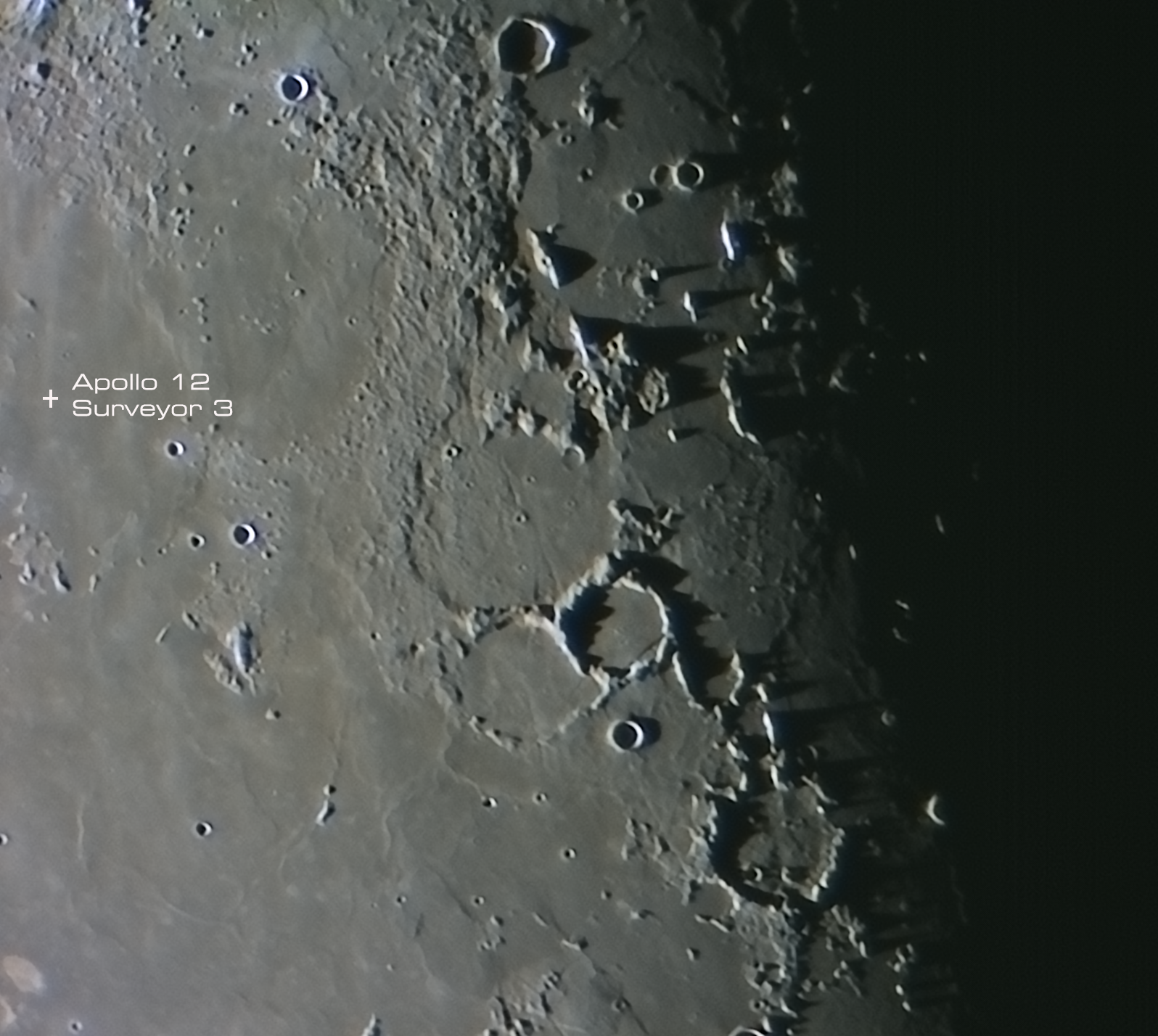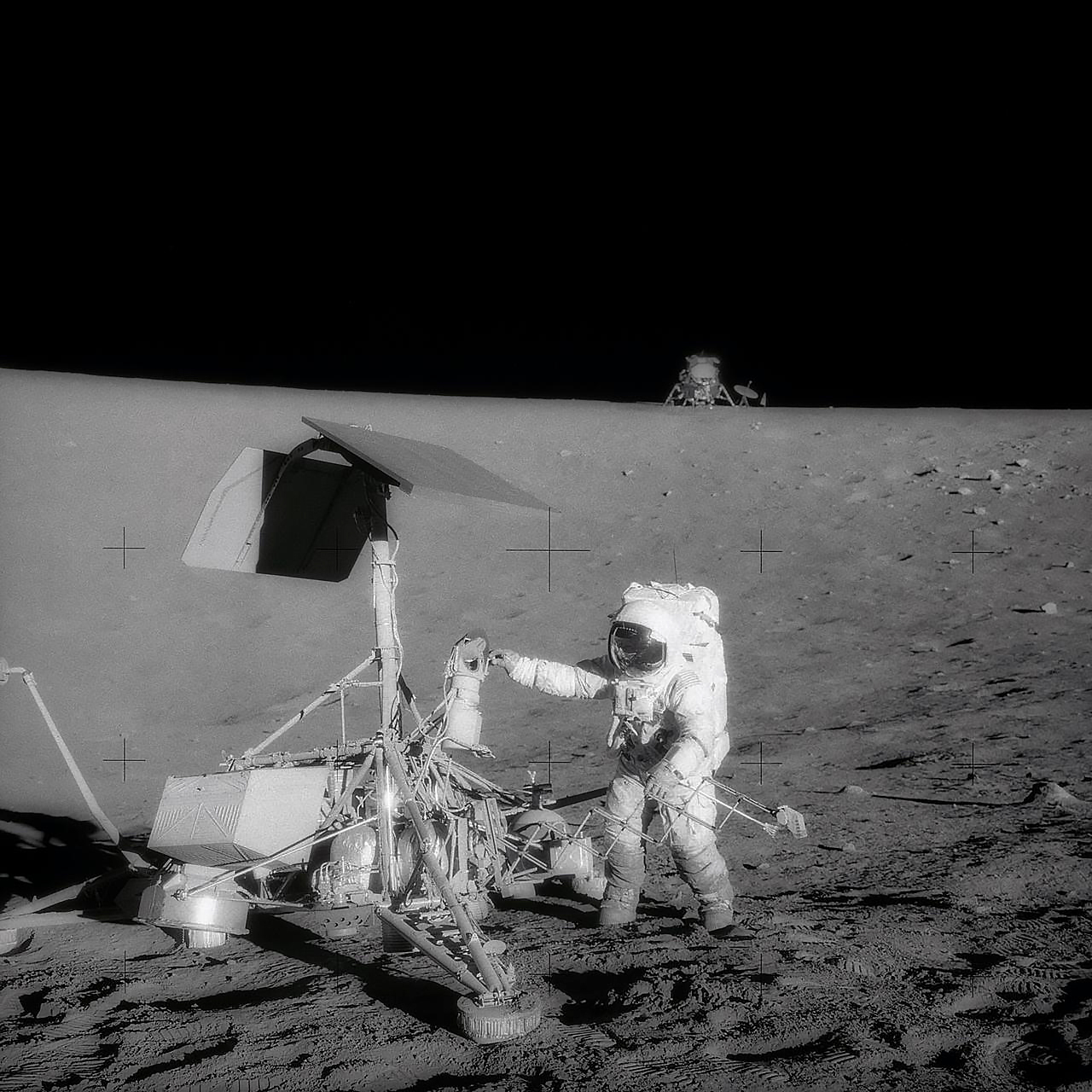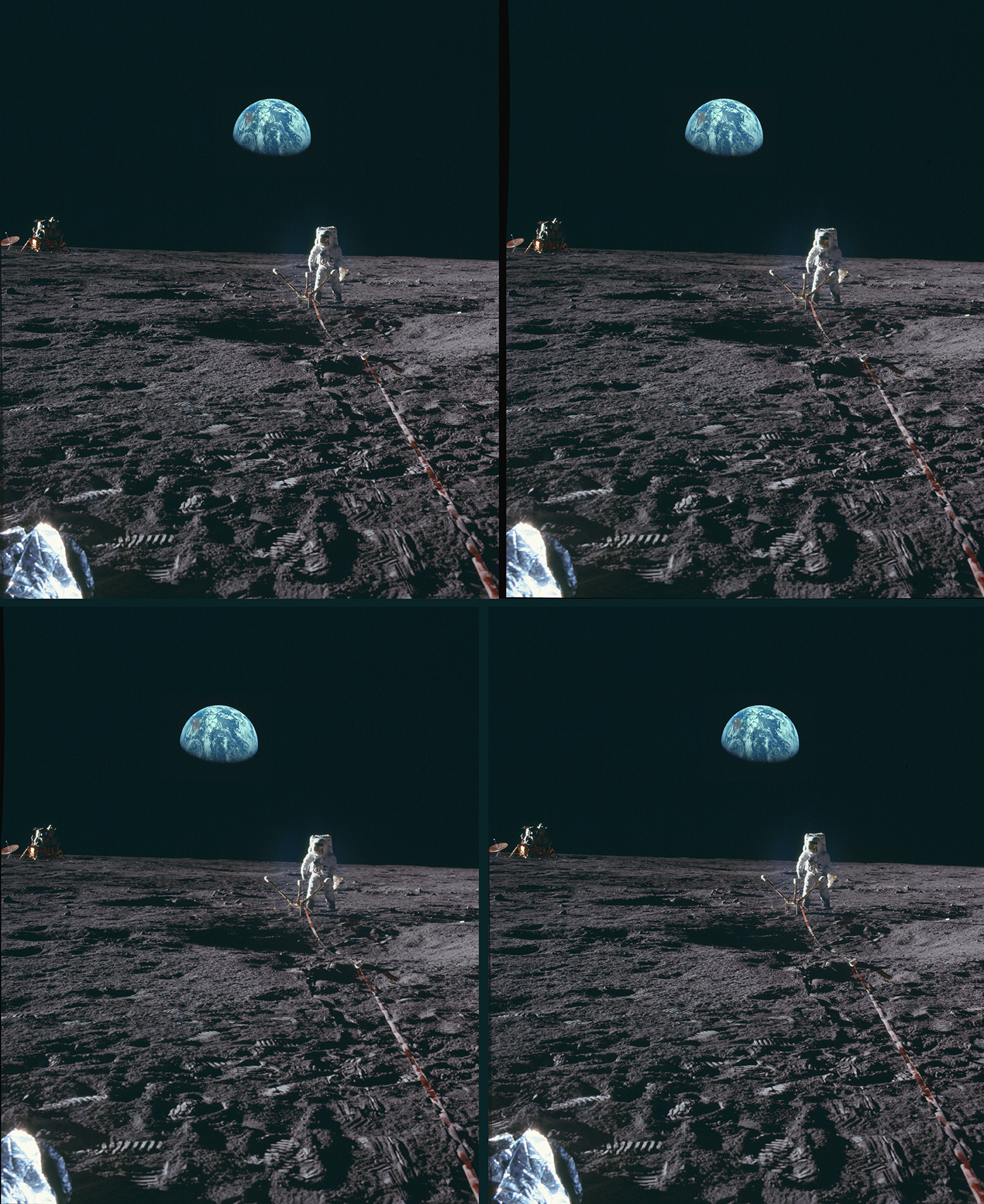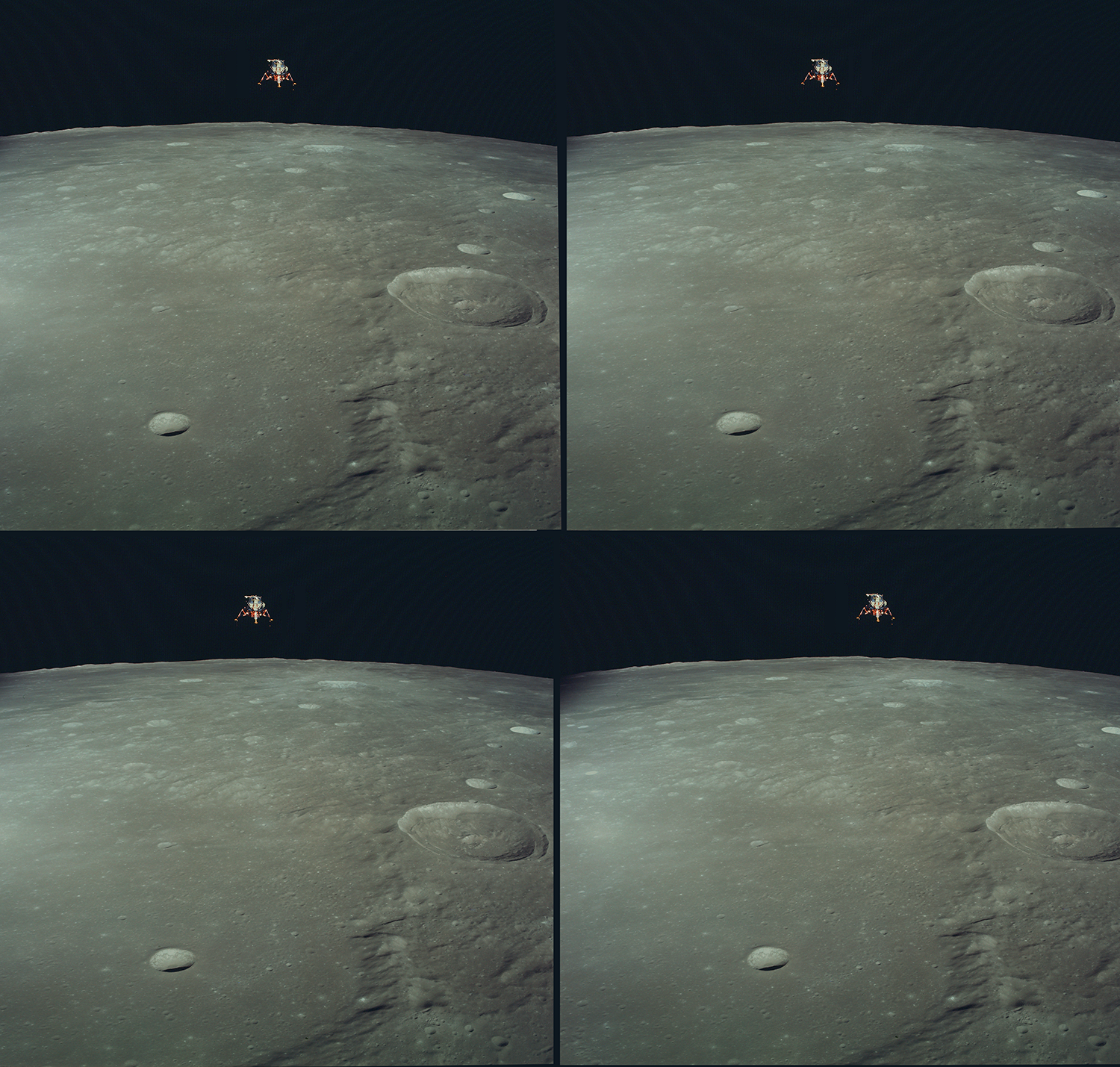After a recent astronomy event, I heard some people were making comments about people not being serious about the hobby and their attitudes dumbing it down. Added to this, a long time ago in an online forum, I remember someone commenting “Not another Orion Nebula Image!” when someone proudly uploaded their hard earned picture.
By the way, here’s my latest image of M42. 🙂
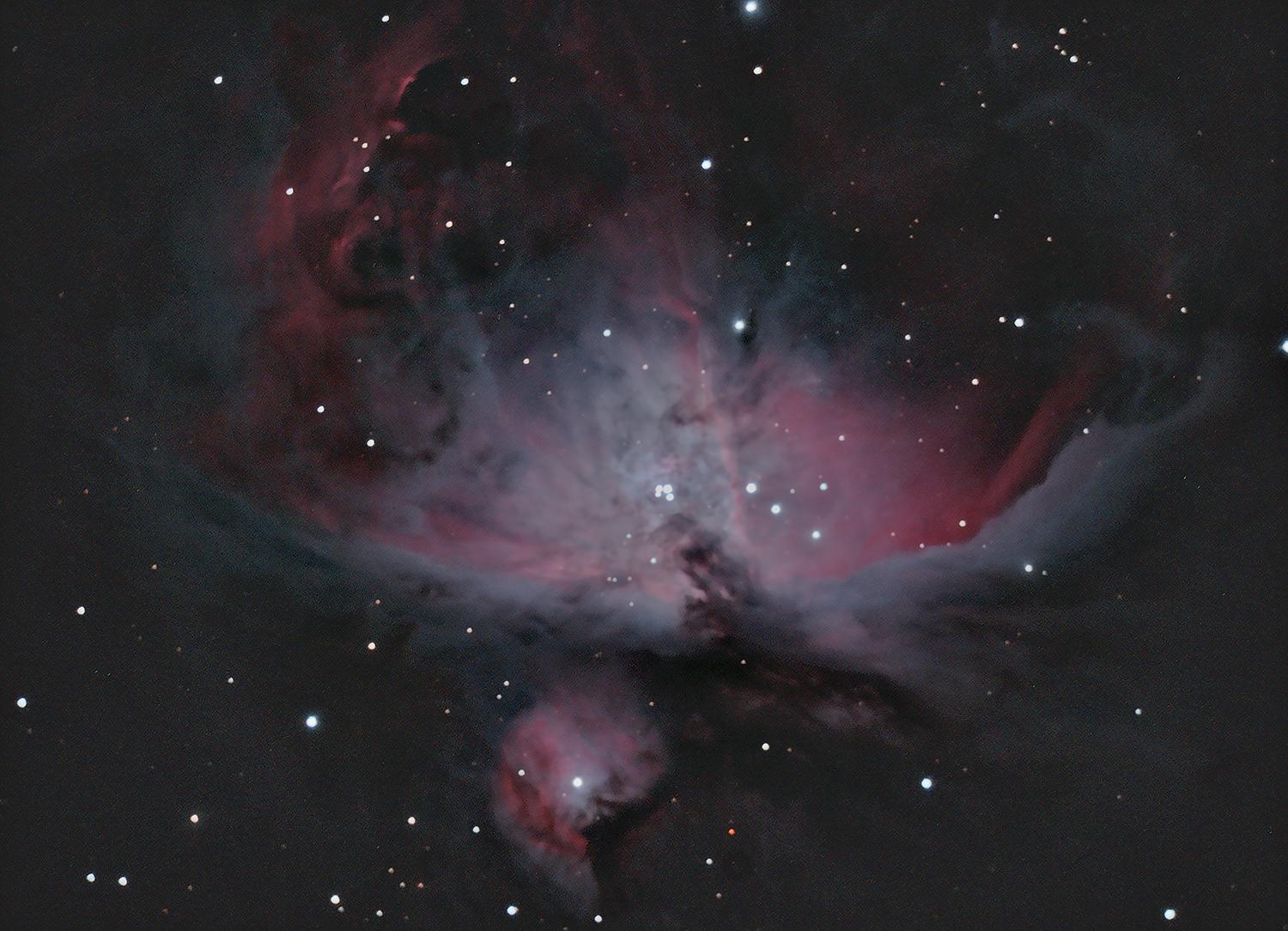
This has made me think about this in some detail and made me question whether or not, I’m a “Serious” astronomer?
Let’s take a long hard look at that.
When I do my astronomy, what exactly is it that I do?
I absolutely adore astronomy and have done throughout my life. I don’t specialise in anything at all and am willing and able to dabble in all things. I particularly love taking images and sharing those with others online. In fact I am quite prolific, when the weather allows. As some online friends and followers might be getting tired of them appearing in their social media feeds, but is what i do really “Serious” astronomy?
Is anything I do really considered serious?
I am deadly serious about educating people in astronomy and sharing what skills I have in my workshops and talks, but what about my own observing / imaging?
Yes, I am happy to stay up for long periods of the night, or get up early to capture something of interest to me.
I love capturing challenging objects, comets, asteroids and man made objects. The more challenging the object the better.
I also like looking and imaging the good old lolly-pops, the Messier Objects and the like.
But is this really serious astronomy?
Some people in the astronomy clubs I attend probably think that I am the most serious astronomer that they know.
But that really isn’t the case. Yes, I do take my challenges seriously, but only because I find these great fun to do.
Others in my clubs and societies take images or observe and measure positions or the brightness of objects as accurately as they can. They then use that data to draw lots of graphs and submit their results into observing organisations. I am always wowed and impressed by people who show such dedication to collecting scientifically useful data. Now that’s a bit more serious than my efforts, isn’t it?
However that sort of observing really isn’t for me. Working in a scientific environment, since 1988, where I had to do this, made this sort of project seem too much like work. I just love getting out there, looking at something beautiful, or imaging a faint object to hopefully produce a really pretty picture. I post all my images online but only infrequently submit them to any of the more serious observing organisations. Is this not serious enough?
Like any hobby, we all do it because we love doing it.
I looked up the meaning of the word Amateur and found this:
“1784, “one who has a taste for some art, study, or pursuit, but does not practice it,” from French amateur “one who loves, lover” (16c., restored from Old French ameour), from Latin amatorem (nominative amator) “lover, friend,” agent noun from amatus, past participle of amare “to love”.
Meaning “one who cultivates and participates (in something) but does not pursue it professionally or with an eye to gain” (as opposed to professional) is from 1786, often with disparaging shades, “dabbler, dilettante,” except in athletics, where the tinge formerly shaded the professional. As an adjective, by 1838.
In fact the word amateur comes from the French Amour – To Love.”
Source: https://www.etymonline.com/word/amateur
So that sort of backs up my feeling about why I do what I do. I Love It!
The past year has seen me become a little bit semi-professional in that I have started to earn something from going around tutoring and educating, be it from my books, workshops or schools. Unfortunately, I still have to earn something to keep paying the bills. Were I to win a gob-smacking amount on the lottery tonight, or given a really generous donation (anyone?) I would probably do it all for nothing. And only because I love it so much.
Part of what i do in Schools is voluntary, as a STEM Ambassador. I love going in and encouraging the next generation to do STEM subjects, especially girls. I drove over an hour and half recently, to spend a morning in a school, to hold a full school assembly and bottle rocket workshop. I received not a penny for doing this, but I made sure that I gave the children a very enjoyable few hours of learning. On the way back, despite me also enjoying the event, I did ask myself “Why do I do this?” A few weeks later, I got a massive wadge of letters and drawings in the post from the children. That was worth more than any payment and I must admit that it did make me very emotional. That was much more rewarding than any payment.
So maybe I am a little bit serious in how I do my astronomy, but not quite that serious it seems to some others.
How about other people who are just dipping their toes in the hobby?
Are they really serious about astronomy if they only dabble a tad and don’t do any “Serious” stuff at all?
Is the real impact of the science lessened?
To me, everyone has a right to take whatever approach they have into a hobby.
It really does not matter how you dabble. As long as you keep on dabbling, who gives a damn?
We all do this hobby to get away from all the stress and frustrations in the world, of which there are far too many these days. If you feel pressured to do things, this, that or the other, just because other “serious” astronomers say that’s how it should be done, then you’re just not going to enjoy it and will give up on the hobby. And we want to avoid that at all costs.
Encourage as many people in as possible to ensure a rich mix of abilities and ages.
Youngsters are sadly lacking in astronomy clubs these days.
As long as you keep interested in the subject, continue to just get out there and enjoy our night (and day) sky.
Do what it is that you really enjoy, even if it is taking “yet another” image of M42.
Ignore the idiots that say what you might do isn’t really serious astronomy.
Just keep getting out and enjoying the sky in just the way that you love.
We’re all loving this hobby together in our own ways.
KEEP LOOKING UP!
Dave



